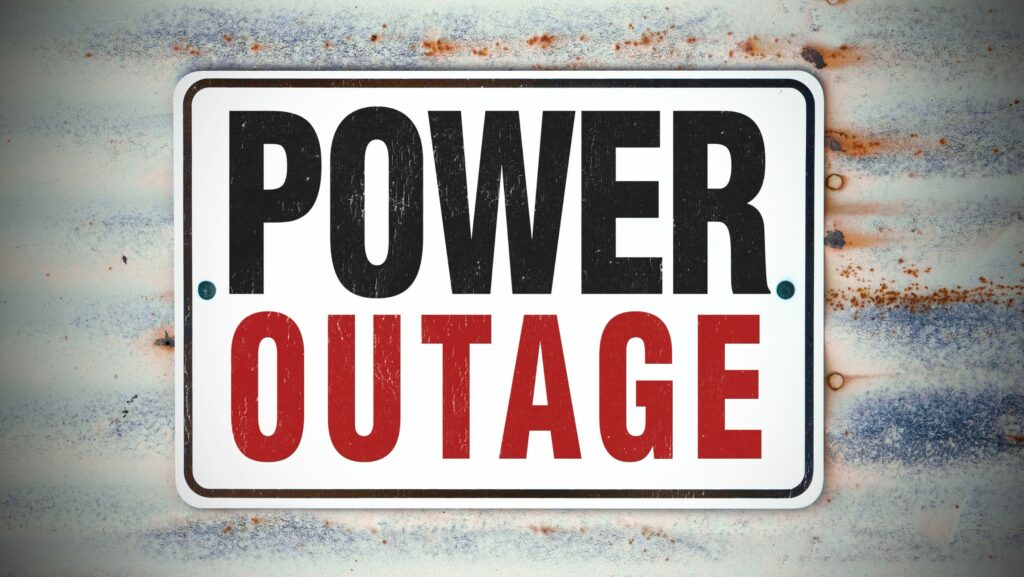When the lights suddenly flicker and the power cuts out, most people think of storms, fallen trees, or overworked grids. While those are common causes, there’s another culprit that often goes unnoticed — hidden electrical faults that slowly build up over time. These problems can remain invisible until they trigger costly breakdowns, equipment damage, or blackouts. That’s where modern tools like Partial Discharge Testing play a vital role, detecting risks before they turn into major failures.
The Invisible Threats Behind the Switch
Electricity travels silently through cables, transformers, and switchgear. Even when everything appears to be working fine, small cracks, moisture, or insulation defects can begin to interfere with the system. These weaknesses may not cause immediate issues, but they allow tiny electrical sparks, known as partial discharges, to form.
Left unchecked, these sparks can eat away at insulation and lead to catastrophic failures. Think of it as a slow leak in a water pipe — it may not burst today, but over time the pressure builds, and the damage becomes unavoidable.
Why Early Detection Matters
Catching electrical faults early is not just about avoiding the inconvenience of a blackout. The stakes are higher:
- Safety risks — Electrical failures can spark fires or expose workers to dangerous conditions.
- Equipment damage — Replacing or repairing large electrical components is expensive and time-consuming.
- Business continuity — A power outage in a hospital, data centre, or factory can bring operations to a sudden halt, causing huge losses.
- Energy efficiency — Faulty systems often waste power, driving up running costs.
By spotting problems before they escalate, businesses and communities can keep their systems reliable and safe.
How Preventive Testing Works
The beauty of preventive testing lies in its non-invasive approach. Engineers don’t need to dismantle equipment or wait for failure. Instead, they use advanced sensors to “listen” for signals of stress inside the insulation of cables and switchgear.
These signals, too small for the human ear or eye, are recorded and analysed to identify areas of concern. Once flagged, technicians can take corrective action, such as repairing, replacing, or reinforcing parts before disaster strikes.
Everyday Examples of Prevention
It helps to picture how prevention works in real life. Imagine:
- A hospital relying on uninterrupted power for life-saving machines. Preventive testing ensures there’s no surprise outage during surgery.
- A manufacturing plant where a single hour of downtime can cost thousands. Early checks keep assembly lines moving without disruption.
- A data centre storing critical information. Even a brief outage could cause data loss or harm client trust. Preventive testing provides peace of mind.
In each case, the hidden faults are addressed before they create chaos.
Building a Culture of Preparedness
Preventing power outages isn’t just about equipment — it’s about mindset. Organisations that build regular testing into their maintenance routines reduce both risk and long-term costs. Simple steps include:
- Schedule routine testing rather than waiting for warning signs.
- Train staff to recognise unusual sounds, smells, or performance drops.
- Keep records of equipment health to spot patterns over time.
- Work with specialists who can provide reliable analysis and advice.
When prevention becomes part of the culture, resilience improves across the board.
What Individuals Can Learn
While large-scale electrical testing is typically handled by experts, everyday households can still embrace the idea of prevention. Simple habits like:
- Not overloading outlets with multiple devices.
- Replacing worn-out cords and plugs.
- Scheduling regular electrical inspections at home.
- Paying attention to flickering lights, buzzing switches, or burning smells.
These steps may feel small, but they mirror the same principle: deal with problems before they become emergencies.

Looking Beyond the Obvious
We often think of power outages as sudden and unpredictable, but in many cases, they leave behind clues long before the lights go out. The challenge is that those clues are hidden from sight, tucked away in cables and connections we rarely think about.
By focusing on prevention, whether at home or on a large industrial scale, we shift from reacting to emergencies to proactively avoiding them. It’s not just about keeping the lights on — it’s about safety, reliability, and peace of mind.
The Power of What You Don’t See
Electricity powers nearly every aspect of modern life, from the coffee machine in the morning to the servers running the internet. Yet it remains invisible, and so do the risks tied to it. By embracing tools, habits, and testing methods that uncover what we can’t see, we gain control over outcomes that might otherwise seem out of our hands.
Preventing power outages starts long before the switch flips — it begins with awareness, preparation, and the commitment to act on the unseen. And in those quiet, often overlooked steps, the greatest protection is found.

